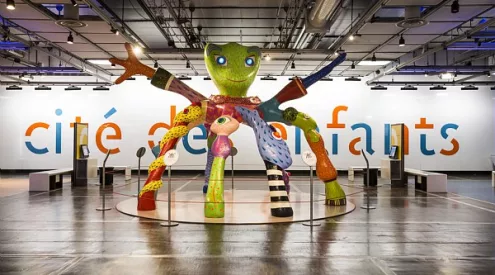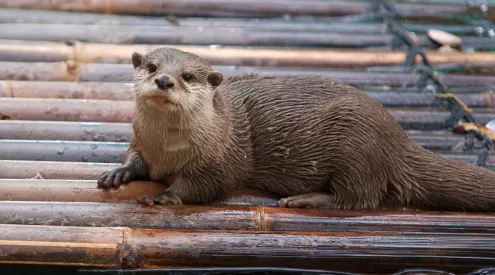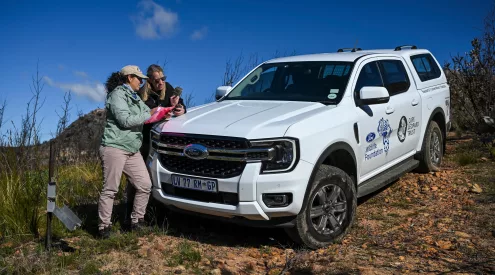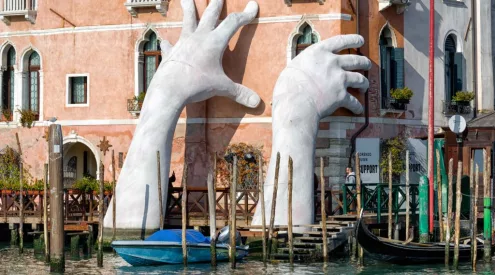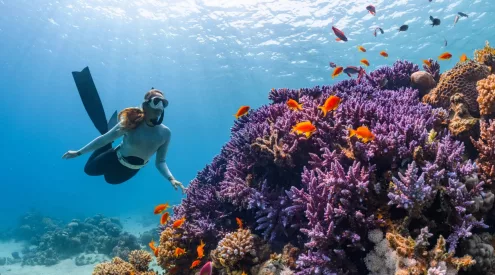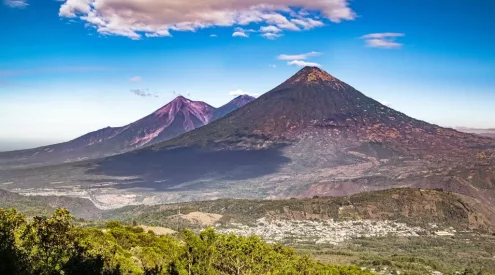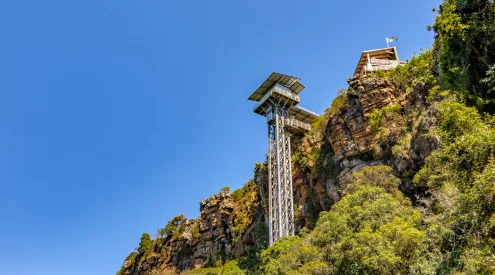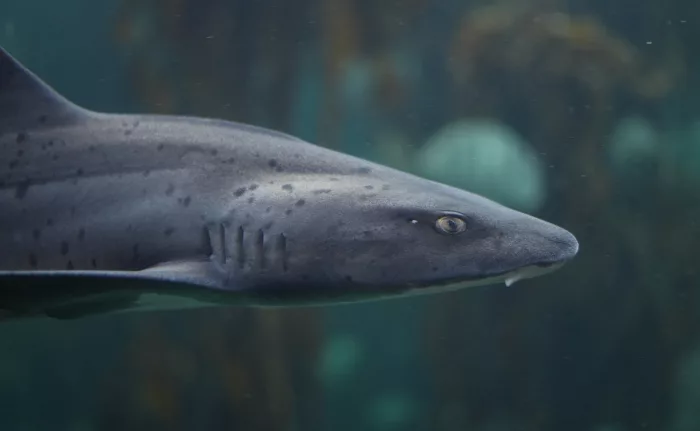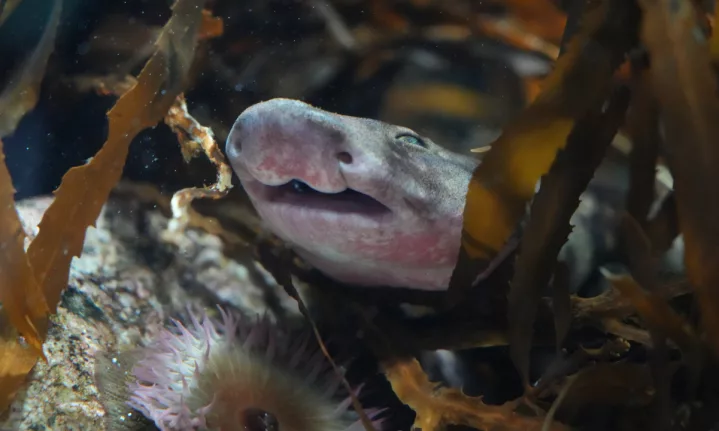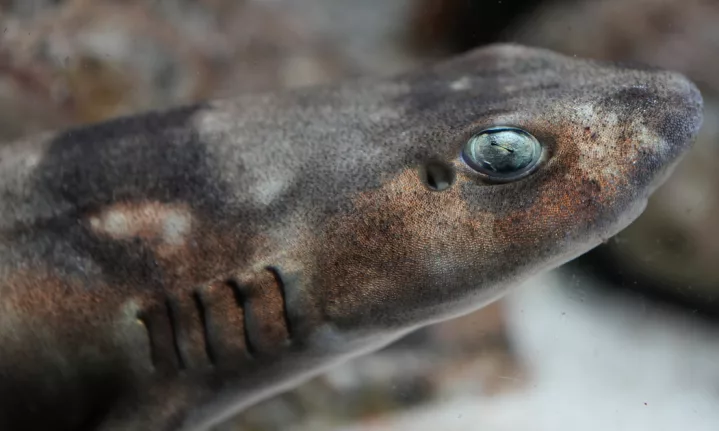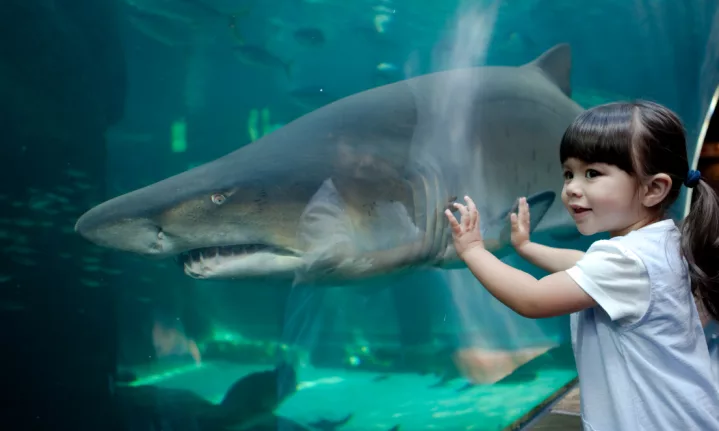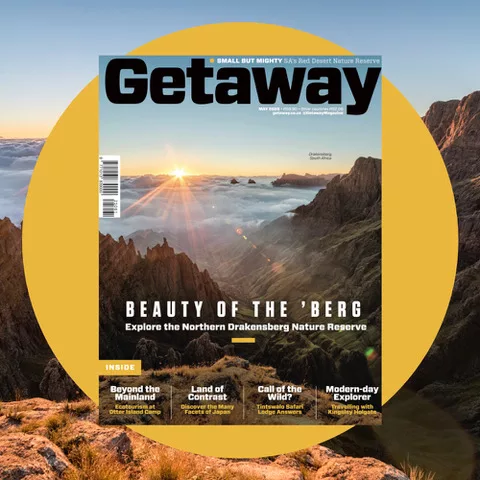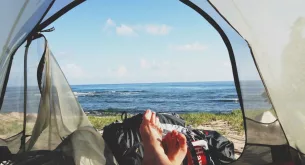Sharks suffer from a serious PR problem. Popular media have long misrepresented them as mindless brutes. But walk through the doors of the Two Oceans Aquarium in Cape Town, and that image starts to dissolve. Here, the story of sharks is rewritten – not one of fear, but of fascination.
The Aquarium is home to a remarkable variety of shark species, many of them found only in South African waters. From the iconic ragged-tooth sharks cruising through the Save our Seas Foundation Shark Exhibit to the elusive puffadder shysharks, visitors are offered a glimpse into the complexity and beauty of these misunderstood animals.
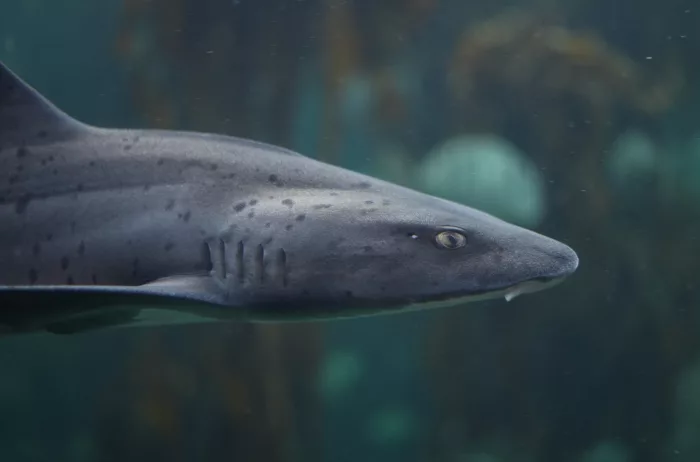
Image: Supplied
More than just teeth
Sharks play a vital role in keeping marine ecosystems balanced. They don’t just eat – they influence their environment. By preying on the old, sick, or slower animals, they help keep fish populations healthy. In some cases, their mere presence causes prey species to shift behaviour or habitat, allowing delicate parts of the ecosystem to recover or thrive.
And despite what blockbuster movies suggest, “shark” is not a one-size-fits-all label. At the Two Oceans Aquarium alone, you’ll find six species at any given time, ranging in size, appearance, and personality.
Local legends
The most visible and high-profile residents are the ragged-tooth sharks, instantly recognisable by their protruding teeth and slow, deliberate movements. As their rather nerdy grin suggests, these animals are calm, docile, and are firm favourites among returning visitors. But there’s more beneath the surface – the Aquarium proudly houses shark species that only live in South Africa.
“Endemic species such as pyjama catsharks are key to maintaining ecological balance. They’re uniquely adapted to specific niches in their ecosystems, often acting as indicators of ocean health,” explains Helen Lockhart, the Aquarium’s Conservation and Sustainability Manager.
True to its name, the pyjama catshark wears a striped pattern that’s as stylish as it is distinctive. These predators are flexible feeders and equally happy to hunt solo or join forces with others. You’ll spot them weaving through the kelp in the Kelp Forest Exhibit.
In the Cold Reef Exhibit, look closely and you may catch a glimpse of the puffadder shyshark. This small species curls into a doughnut when threatened – true to the “shy” part of its name – and shares its colouring with its snake namesake.
Also in the mix are leopard catsharks, recognisable by their striking spots, and the aptly named spotted gully sharks – both endemic to the southern African coast. While the leopard catshark prefers a quiet life on the seabed, the gully shark becomes more active after dark. Subadults can be seen gliding through the Kelp Forest Exhibit, while juveniles patrol the Cold Reef Exhibit.
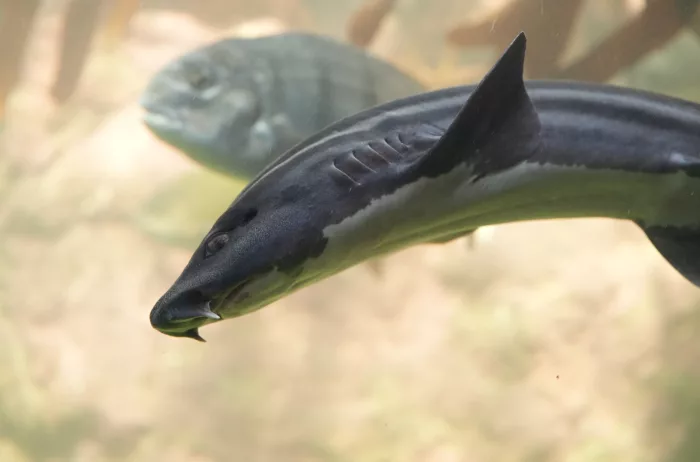
Image: Supplied
Conservation at heart
The Aquarium is a hub for marine conservation and science, and sharks play a leading role. The Aquarium’s team regularly tags and releases ragged-tooth sharks in collaboration with other marine conservation organisations. These tags have shed light on shark migration routes and favourite resting sites along the South African coastline. Encouragingly, tagged sharks that spent time at the Aquarium have shown normal behaviour once released – an important validation of the Aquarium’s short-term care approach.
And while the ragged-tooth sharks get most of the attention, many of the smaller species are hidden in plain sight. A shyshark tucked between anemones or a catshark blending in with the reef—each one contributes to the Aquarium’s greater mission: Education, connection, and conservation.
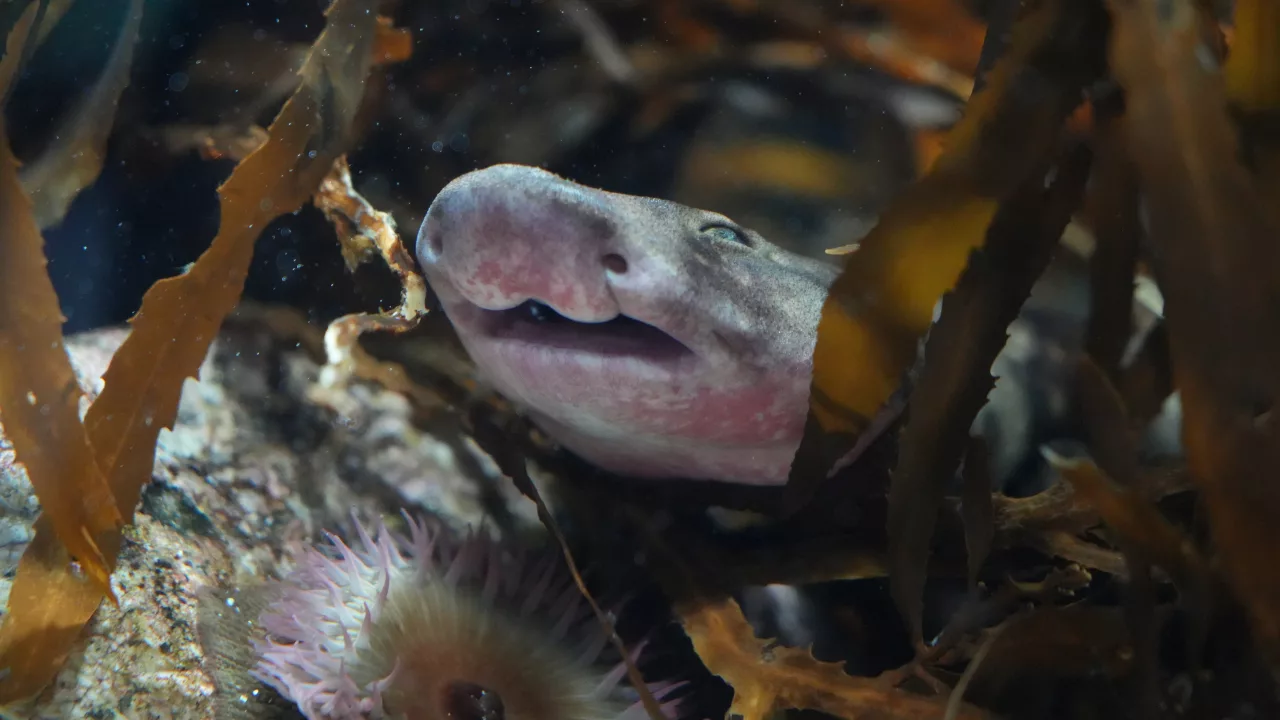
Image: Supplied
Sharks need our help
It’s estimated that over 100 million sharks are killed every year. Many species have declined by up to 90% due to overfishing, bycatch, and the brutal shark fin trade. Losing sharks doesn’t just impact the animals themselves – it threatens the health of entire marine ecosystems, food security, and the livelihoods of coastal communities.
That’s why spaces like the Two Oceans Aquarium matter. They offer the rare chance to meet a shark face-to-fin, and to replace fear with understanding.
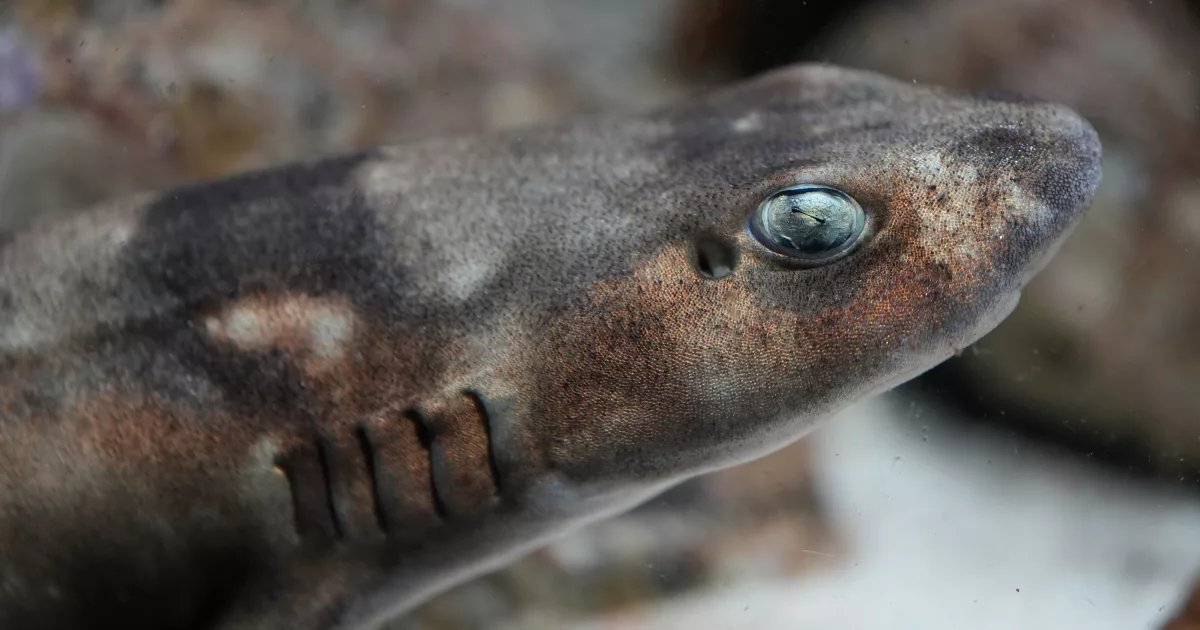
Image: Supplied
Want to meet the sharks?
If you’re visiting, don’t miss feeding time. Watch the ragged-tooth sharks feed on Saturdays at 12H00 in the Save Our Seas Foundation Shark Exhibit, or swing by the Kelp Forest Exhibit on Tuesdays, Thursdays, and Sundays for lunch with the smaller sharks. Staff are on hand to share fascinating facts and answer all your questions.
In a time when our oceans face growing threats, inspiring a sense of wonder and care for sharks is more important than ever. At the Two Oceans Aquarium, the message is clear: Sharks aren’t monsters – they’re marvels.
Follow us on social media for more travel news, inspiration, and guides. You can also tag us to be featured.
TikTok | Instagram | Facebook | Twitter

